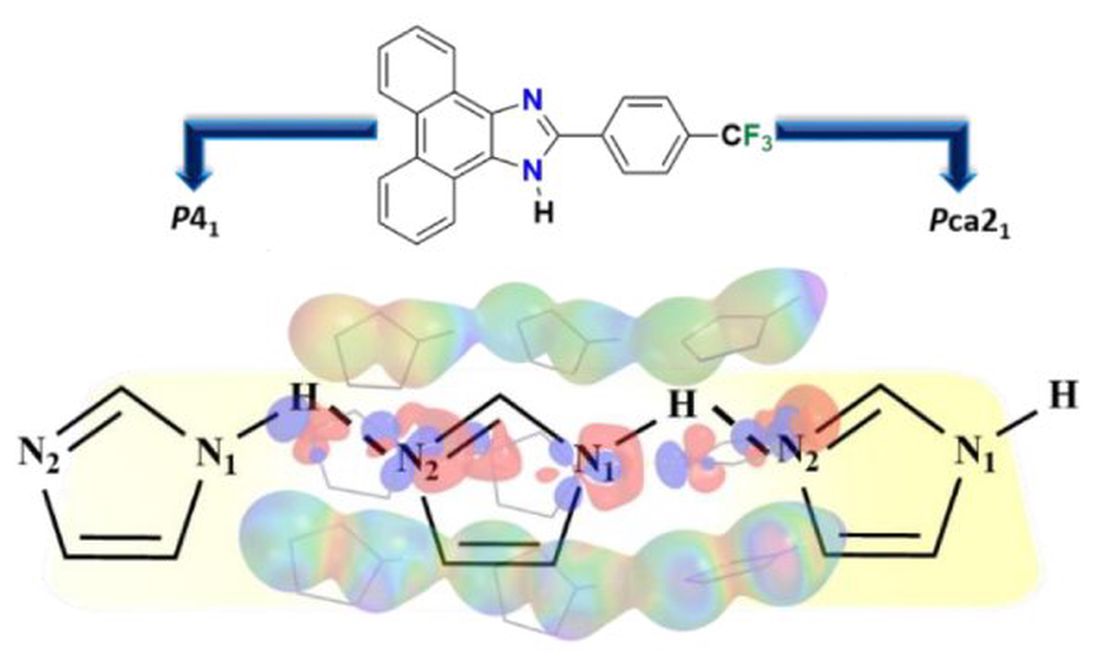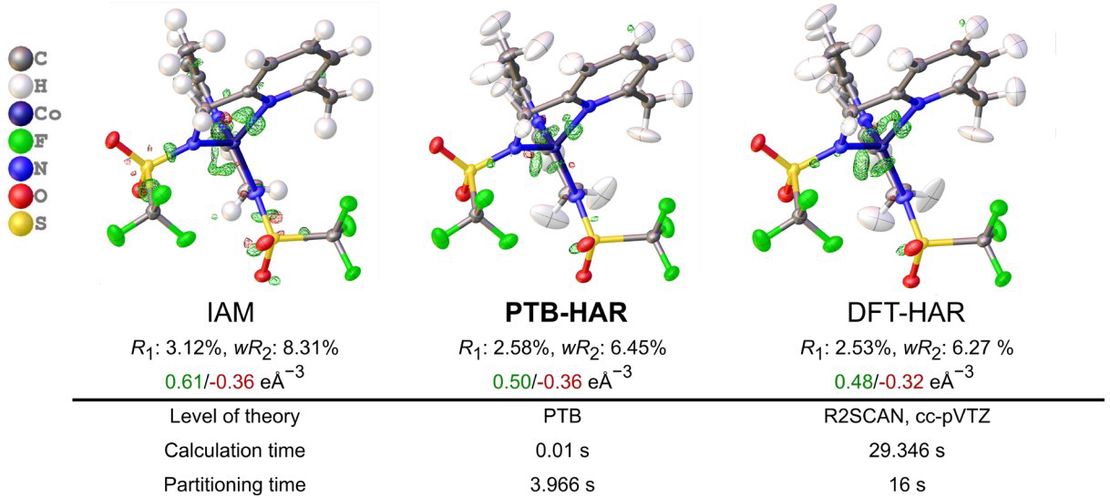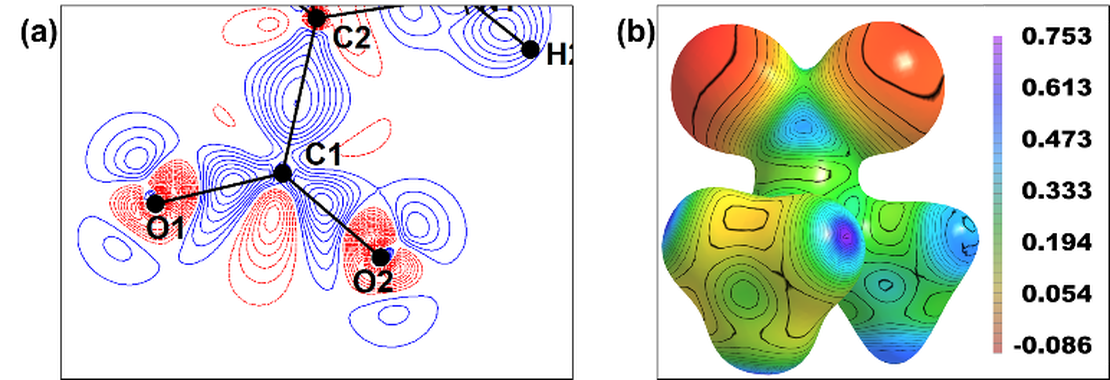Quantum Crystallography in 'routine structures'
In this talk I will demonstrate how certain robust Quantum Crystallography approaches such as Transferable Aspherical Atom Model (TAAM) or Hirshfeld Atom Refinement (HAR) can enhance crystal structure determination, leading to a more reliable and chemically-informative model…
Read MoreOn the role of neutrons in quantum crystallography, and the role of quantum crystallography in chemical crystallography
Quantum crystallography offers extremely powerful tools which if used indiscriminately have the potential to increase the noise in the chemical crystallography and chemistry literature. We must guard against fitting “interesting” models to data where data are not available for review.
Read More
Unveiling Distinct Ferroelectric Behaviour of Polar Polymorphic Forms of an Organic Molecular Crystal via Quantum Crystallography
Polymorphism, i.e., the ability of a molecule to possess diverse spatial arrangements in crystalline form, can lead to the exhibition of distinct properties.
Read MoreQuantum Crystallography in Materials Science
Selected quantum crystallographic tools will be examined for their ability to elucidate structure–property correlations in a range of functional materials. Building on recent literature and case studies from ongoing research, particular focus will be placed on how charge density analyses have shed light on magnetic, optical, electronic and other properties.
Read MoreChemical Bonding - Everything a Chemist Wants to Know!?
The different concepts of chemical bonding are not only relevant for molecular chemistry, but also for us materials chemists dealing with extended solids.
Read MoreExperimental electronic structure of coordination compounds
Thanks to the continuous improvement of single-crystal X-ray diffractometers and data processing software, it is expected that experimental electronic structures are approaching reality. However, we still see certain differences between experimental and theoretical results.
Read MoreX-ray restrained/constrained wave function: milestones and perspectives
Today, the X-ray restrained wavefunction (XRW) method (also known as X-ray constrained wavefunction (XCW) approach) stands as one of the cornerstone techniques in modern quantum crystallography. First introduced by Dylan Jayatilaka in 1998, the strategy has undergone a steady and continuous methodological development…
Read More
Implementation of density matrix tight-binding (PTB) for quantum crystallographic refinement in NoSpherA2
The computational cost associated with simulations of large … presents a significant challenge to the adoption of quantum crystallographic refinement as a standard refinement tool. A possibility to improve computational time, without sacrificing much accuracy is the use of semiempirical methods, which use empirical parameters..
Read MoreThe Segregated Atom Model for the refinement of high-resolution diffraction experiments
We aim to include chemical bonding effects within the refinement techniques from structural biology by integrating covalent bond analysis methodologies with contemporary structure refinement techniques.
Read MoreElectron Diffraction and Quantum Crystallography
Focusing on both complex protein structures and small organic molecules, the lecture will explain how adapting electron density models from X‑ray diffraction to electron-based techniques can transform our understanding of molecular interactions and structures on the nanoscale
Read More
Charge Density Analysis of Organic Nanocrystals via 3D ED Data
I will give a short introduction into techniques for chemical-bonding analysis from single-crystal diffraction data (multipole modeling, X-ray wavefunction refinement) and into quantum-chemical methods for deriving bonding descriptors
Read MoreQuantum crystallography and NMR crystallography
A weakness of current NMR crystallography for organic solids is the relatively poor positioning of H by independent atom modelling in XRD refinement. In order to obtain reasonable agreement with NMR data
Read MoreData Quality
Crystallography has established a de-facto, well-understood, level of quality in its data over many decades. This is largely based on a long history of standardised instrumentation
Read More
AI can provide phases at 2 Å: Can Quantum Crystallography help us to a high-quality structure at this resolution?
By exploring the intersection of AI and quantum crystallography, we aim to spark a dialogue on how these fields can co-evolve to tackle the enduring challenges of structural determination in the low-resolution regime.
Read MoreQCrBox: A Containerised Platform for Quantum Crystallographic Workflows
We will report on our progress to build a similarly user-friendly platform, that focusses on reducing practical barriers such as complex multi-software workflows, interoperability challenges, and installation difficulties across diverse operating systems and software dependencies.
Read MoreQuantum Crystallographic Investigation of Two-Electron Multicentre Bonds in Radical Systems
We present a systematic quantum crystallographic investigation of various 2e/mc-bonded radical systems, ranging from discrete dimers to 2D arrays. The simplest systems studied include TCNE radical anion dimers, while more complex systems feature 2D arrays of TCNQ radical anions with partial charges of −1/2.
Read More